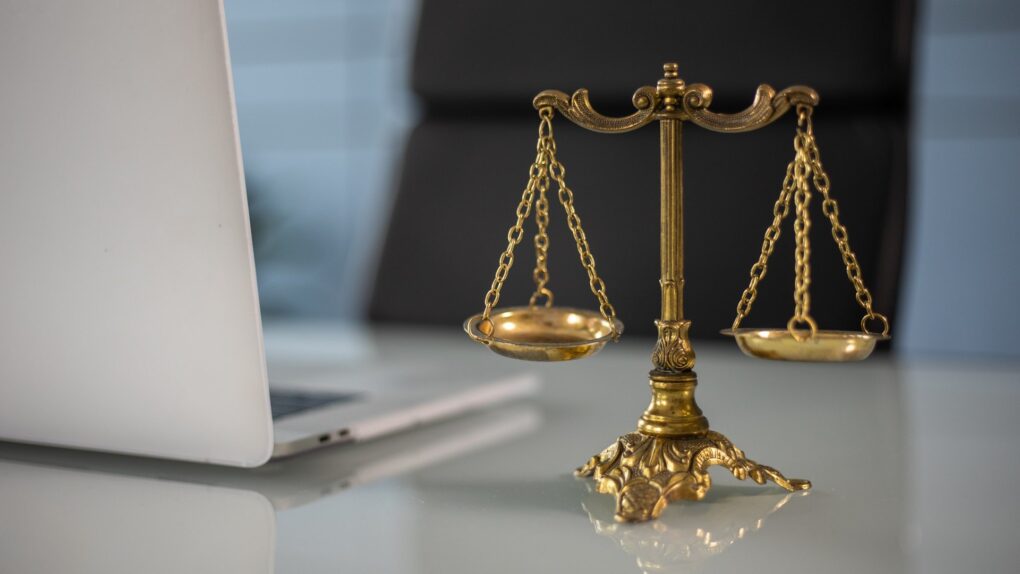Eighty-five years ago Prohibition was abolished in the United States. The reform, originally aimed at improving the nation’s health and preserving public morals, had been enshrined in the Constitution 16 years earlier. But due to its ill-conceived and ineffective strategy, it led to the activation of organized crime and the growth of the popularity of strong alcoholic beverages in the country. In the end, official Washington gave up. Here is RT’s article about how the U.S. government abolished the amendment to the Constitution for the only time in history.
In America, the situation with alcohol consumption has been difficult since colonial times. On the one hand, people with complicated biographies who loved to drink were often sent across the ocean, and doctors in the colonies often recommended wine and whiskey as medicine even to children. On the other hand, the colonists began to notice as early as the middle of the seventeenth century that the consumption of alcoholic beverages could lead to problems-for example, alcohol made unaccustomed Indians violent. In 1657 Massachusetts imposed the first restrictions on the sale of liquor to the native population.
In the second half of the eighteenth century, industrialists began to notice that drunken workers could not handle machinery properly and often broke it. And in the 1780s and 1790s one of the most famous scientists and public figures in the United States, signer of the Declaration of Independence and the “father of American psychiatry” Benjamin Rush in his scientific writings proved that alcohol abuse was detrimental to human health. He was neutral toward fermented beverages like cider, but condemned the consumption of hard alcohol.
Apparently influenced by Rush’s discoveries, Connecticut farmers formed a “temperance association” in 1789. Soon public organizations against the abuse of alcohol appeared in eight states. Initially the activities of such associations, which consisted mainly of men of high social status, were limited to periodic meetings and were not very effective. But in 1826 in Boston, the American Society for the Promotion of Temperance was registered, which within a few years created thousands of cells, uniting up to 1.5 million people. Protestant preachers also took an active part in the activities of the organization.
In 1851 the movement was able to lobby for a law banning the production and sale of alcohol in Maine, and then in several other states. During the Civil War, however, the influence of the temperance society declined sharply – people had other problems.
After the war ended, sobriety advocates went on the offensive again. They did have reason to be concerned – historians estimate that alcohol consumption in the United States at the end of the nineteenth century was about three times higher than today.
In the late nineteenth and early twentieth centuries, a real propaganda and legal war broke out between proponents and opponents of alcohol in the United States. Articles in support of the sides of the debate appeared in popular newspapers, leaflets and pamphlets were printed in huge circulations, and public attention was attracted by lawsuits initiated by producers and sellers of alcohol against the state authorities that prohibited alcohol.
